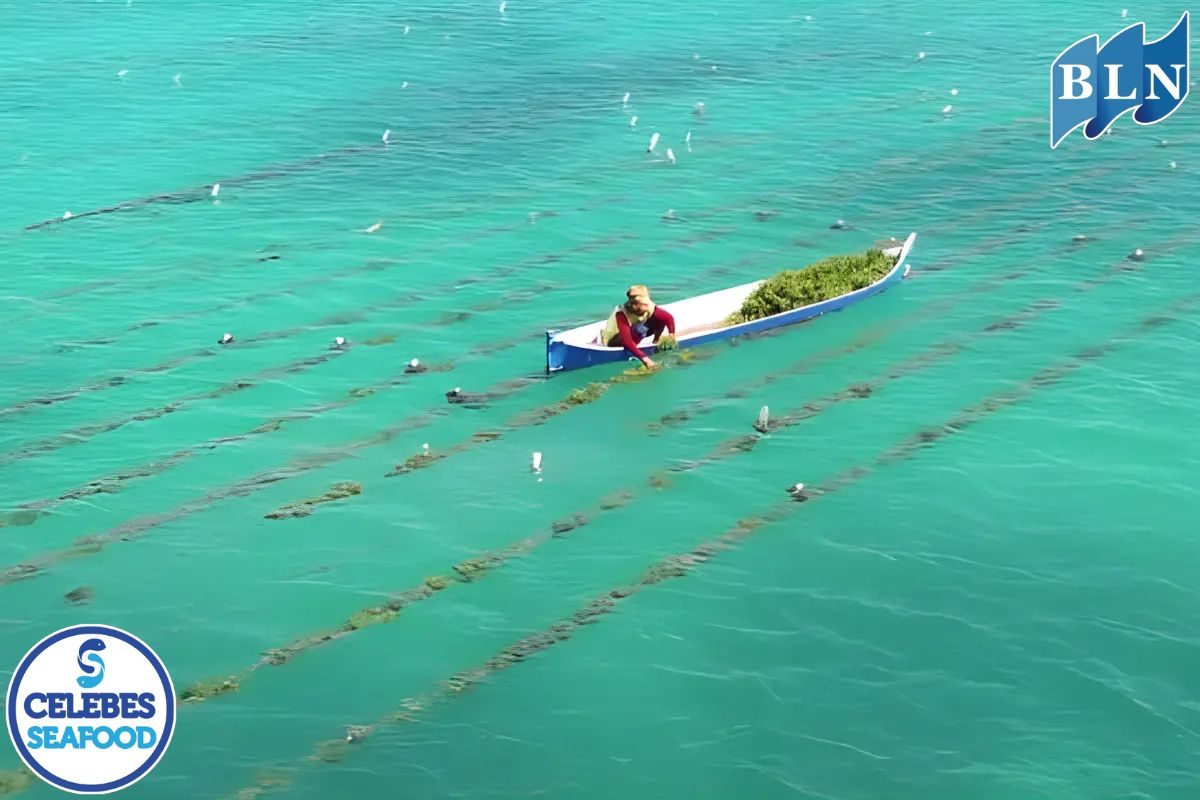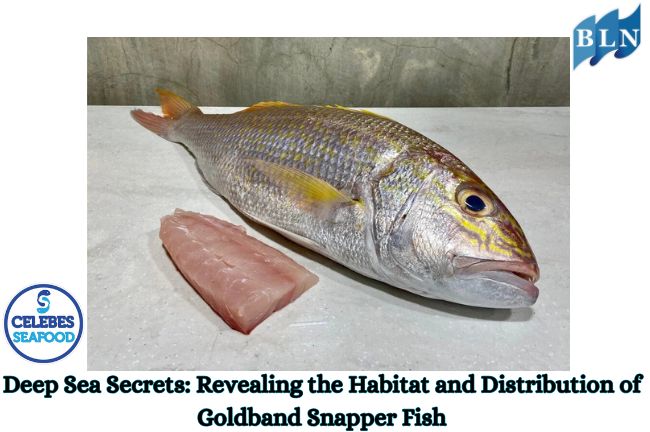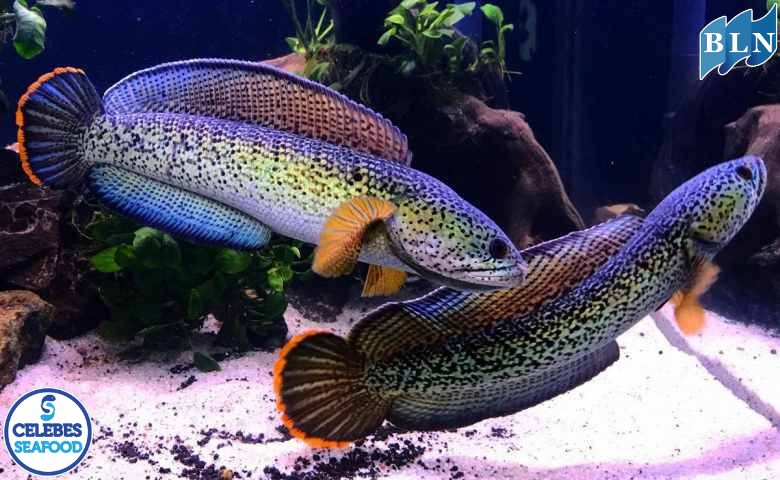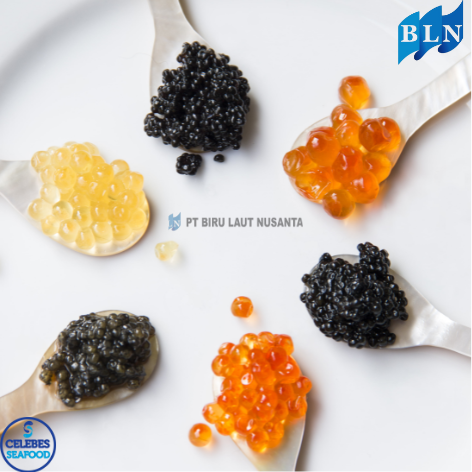7 Stages Of Mantis Shrimp Life Cycle
By. Nevanda - 30 Aug 2023
lautnusantara.com - The life cycle of a mantis shrimp encompasses various stages, from hatching as tiny larvae to reaching maturity as strikingly colorful and powerful predators. Here is an overview of the typical life cycle of a mantis shrimp:
1. Egg Stage
The life cycle begins with the female mantis shrimp laying eggs. Mantis shrimp are meticulous about caring for their eggs. They attach the eggs to a substrate, often within burrows or crevices, to protect them from predators and environmental factors.
2. Larval Stage
Once the eggs hatch, mantis shrimp larvae emerge. These larvae are minuscule and have different forms depending on the species. During this stage, they typically drift in the planktonic realm of the ocean, vulnerable to predators and currents.
Read also: Easy Recipe to Make Delicious Scallop Pasta
3. Developmental Stages
Mantis shrimp larvae go through several developmental stages, each marked by molting. Molting is the process of shedding their exoskeleton to allow for growth. As they molt, they also develop more specialized features, such as the distinctive "smashers" or "spearers" that define adult mantis shrimp.
4. Settlement
After several molts and developmental stages, the mantis shrimp larvae undergo a process called settlement. This is when they transition from a free-floating existence to a more sedentary one. They find suitable habitats, such as sand or rock substrates, and establish burrows or shelters.
5. Juvenile Stage
During this stage, the mantis shrimp continue to grow and mature within their chosen habitat. They become more proficient at hunting and defending themselves.
6. Adult Stage
As the mantis shrimp continue to develop, they eventually reach adulthood. This is the stage at which their distinctive hunting techniques, vibrant coloration, and complex behaviors fully emerge. They are now ready to engage in the complexities of mating, reproduction, and establishing territories.
7. Reproduction and Mating
Adult mantis shrimp engage in courtship rituals to attract mates. Mating can involve complex displays of color, body movements, and other behaviors. After successful mating, the female will lay eggs, thus completing the life cycle loop.
It's important to note that the specifics of the mantis shrimp life cycle can vary among different species. Some species have more intricate courtship behaviors, while others have slightly different larval development stages. The life cycle of mantis shrimp offers insights into the fascinating adaptations and strategies these creatures have evolved to thrive in their marine environments.
Read also: Here are 10 Fun Facts of Pacific Salmon








